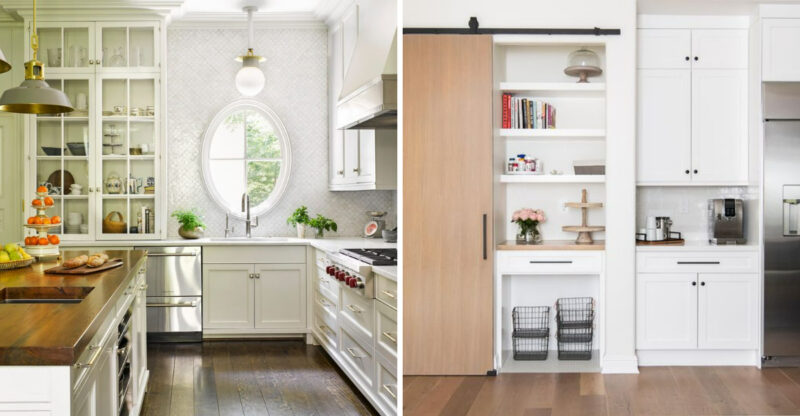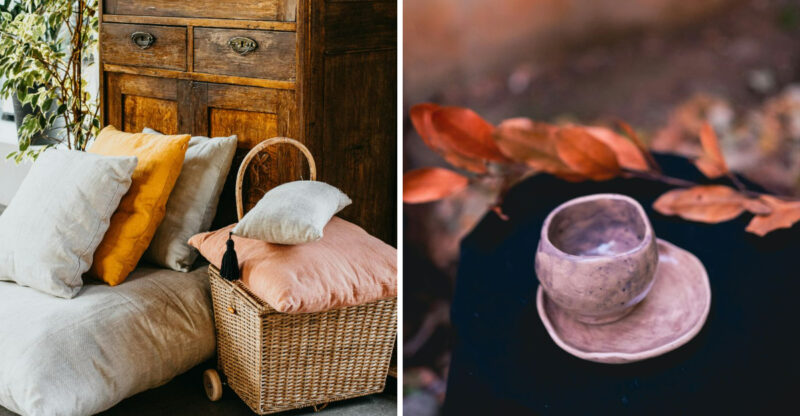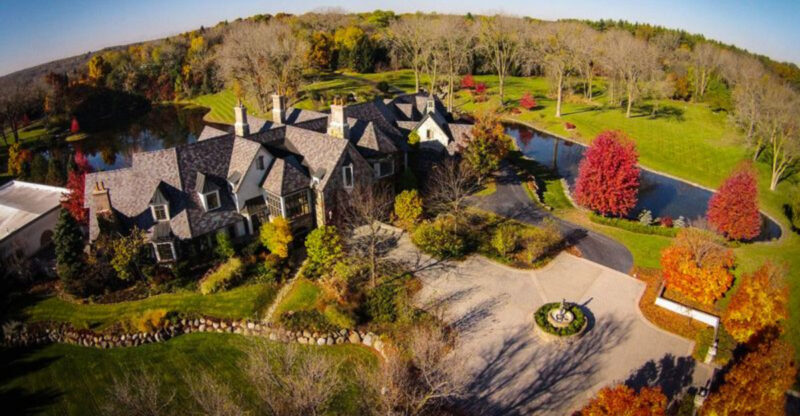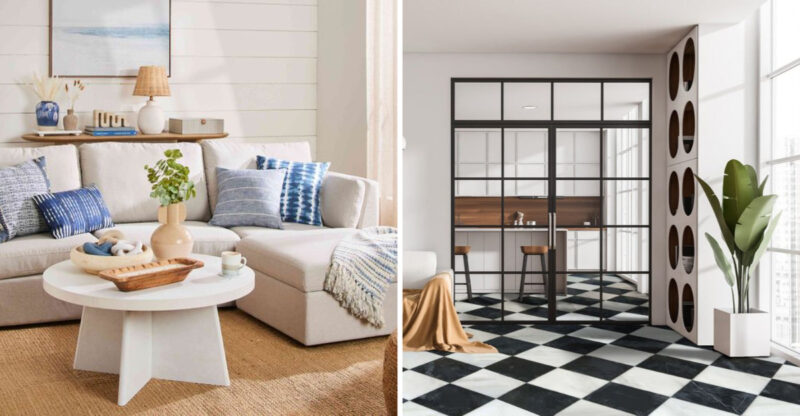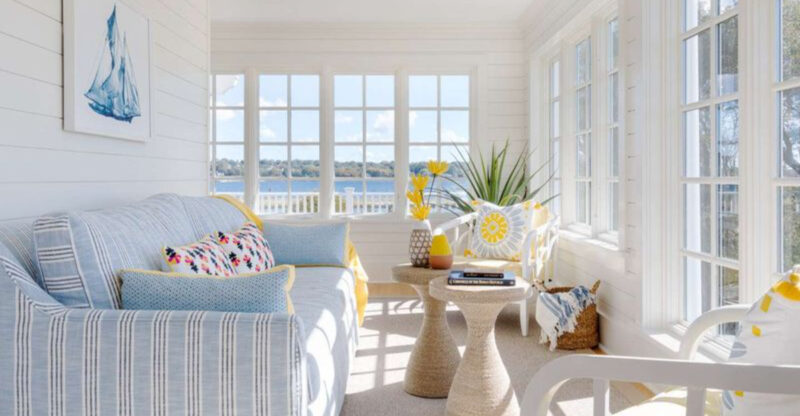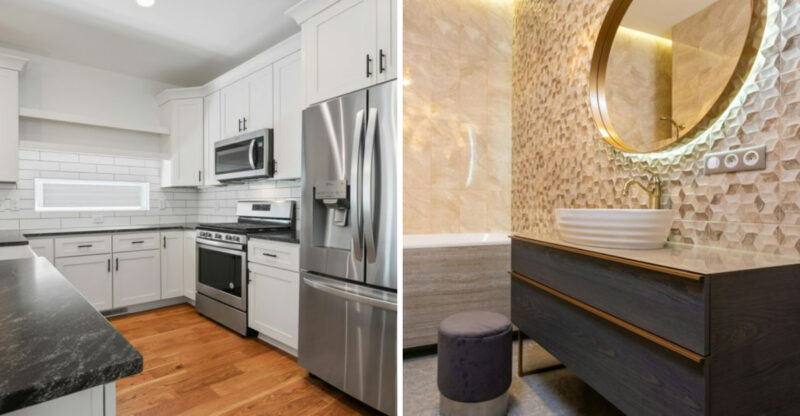15 Types Of Homes In Illinois Forecasted To Gain Value Before 2025 Wraps Up
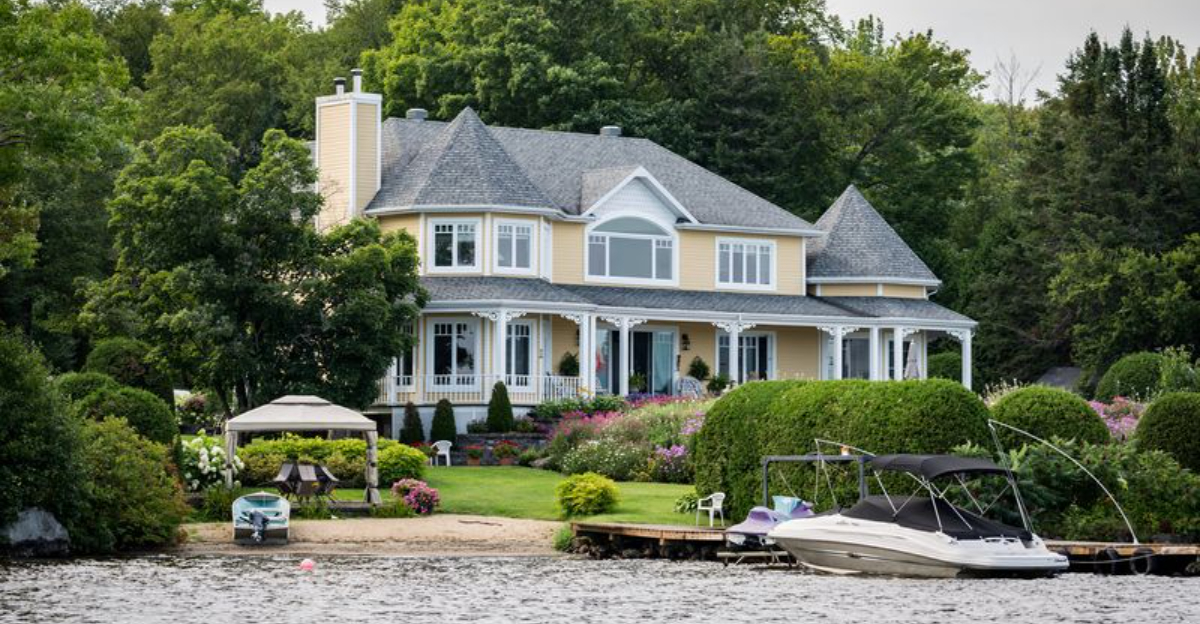
Rising demand and shifting lifestyles are reshaping the housing market as the year moves toward its close. Buyers want homes that fit new ways of living, from flexible spaces for work to neighborhoods with growing amenities.
In Illinois, that evolution points to certain properties gaining attention from investors and homeowners alike. Development projects, changing demographics, and economic growth all converge to create opportunities in places where value is poised to climb.
1. Single-Family Detached Homes In Suburban Growth Corridors
Families continue flocking to growing suburban Illinois corridors like Naperville, Aurora, and Plainfield where good schools meet reasonable commutes. These traditional homes offer the space many buyers crave in 2020s, with dedicated home offices and outdoor areas becoming non-negotiable features.
Properties near new commercial developments or transportation improvements are especially poised for appreciation as suburbs evolve beyond bedroom communities.
2. Townhomes Near Transit And Walkable Districts
Connected living spaces with smaller footprints are capturing attention from young professionals and empty nesters alike. Illinois locations within walking distance of trains, restaurants, and shops offer convenience that’s increasingly valuable as gas prices fluctuate.
These multi-level properties balance privacy with community, providing outdoor space without the maintenance demands of larger lots.
3. Mixed-Use Condo-Retail Buildings In Urban Centers
Urban dwellers are embracing the live-work-play lifestyle offered by Illinois buildings where coffee shops and boutiques occupy street levels below residential units.
Cities like Chicago, Evanston, and Oak Park are seeing increased demand for these integrated living spaces that eliminate commutes. Buildings with amenities like fitness centers, rooftop gathering spaces, and concierge services create mini-communities that attract premium buyers.
4. Historic Revival Homes In Established Neighborhoods
Character-rich Illinois properties built in the early 20th century are experiencing renewed appreciation from buyers seeking craftsmanship and architectural detail.
Victorians, Craftsman bungalows, and Tudor revivals in neighborhoods like Oak Park and Evanston offer irreplaceable features: built-in cabinetry, leaded glass, and original woodwork. As construction costs rise, these solid homes with good bones become increasingly valuable compared to new builds.
5. Cottage-Style Houses In Emerging Suburbs
Charming smaller footprints are gaining traction as Illinois buyers prioritize quality over square footage. These cozy homes offer affordability without sacrificing character, appealing to first-time buyers and downsizers.
Compact but thoughtfully designed spaces in communities like Yorkville and Montgomery provide the perfect entry point into homeownership while maintaining room for value growth.
6. Modern + Contemporary Homes With Green Features
Forward-thinking Illinois properties incorporating solar panels, energy-efficient systems, and sustainable materials are commanding premium prices. Homebuyers increasingly factor utility costs and environmental impact into purchasing decisions, making eco-friendly features significant value-adders.
Properties with LEED certification or passive house design principles stand out in competitive markets while promising lower operating costs over time.
7. Loft Conversions In Former Industrial Buildings
Urban adventurers are snatching up reimagined spaces in old factories and warehouses throughout Chicago, Peoria, and Rockford.
Exposed brick walls, soaring ceilings, and industrial windows create distinctive living environments impossible to replicate in conventional construction. As these authentic spaces become increasingly rare, their unique character and often central locations drive steady value appreciation.
8. Luxury Homes In High-Demand Suburbs
Premium properties in established Illinois communities like Hinsdale, Winnetka, and Lake Forest remain strong investment vehicles for affluent buyers.
These homes often feature custom details, expansive lots, and superior materials that maintain value through market fluctuations. Proximity to top-rated schools, country clubs, and lakefront amenities creates perpetual demand that supports continued appreciation even in challenging markets.
9. Prairie-Style (Midcentury / Modernist) Homes
Architectural houses designed in the tradition of Frank Lloyd Wright or midcentury masters are experiencing renewed appreciation from design-conscious buyers.
Horizontal lines, open floorplans, and seamless indoor-outdoor connections speak to contemporary living preferences despite their historical roots. These distinctive Illinois homes, often found in suburbs like Highland Park and Riverside, attract premium prices from buyers seeking architectural significance.
10. Lakefront And Riverfront Homes Along Illinois Waterways
Properties with water views or access continue commanding significant premiums throughout Illinois. From Lake Michigan shorelines to Fox River banks, these homes offer recreational opportunities and peaceful vistas increasingly valued in our screen-dominated world.
Waterfront locations remain finite resources that typically weather market downturns better than inland properties, making them solid long-term investments.
11. Infill Urban Homes On Vacant Lots
New construction rising on previously empty urban parcels offers modern amenities within established neighborhoods. These Illinois properties blend contemporary design with existing community character, often incorporating height for views or rooftop spaces.
Strategically located infill homes in Chicago neighborhoods like Logan Square and Pilsen benefit from surrounding amenities while providing energy efficiency and layouts suited to contemporary lifestyles.
12. Duplexes And Triplexes In Growing Cities
Multi-unit properties are attracting attention from investors and owner-occupants looking to offset mortgage costs with rental income. These buildings offer housing flexibility while maintaining neighborhood scale, making them increasingly welcome in communities addressing housing shortages.
Savvy buyers target properties in transitional neighborhoods like Champaign-Urbana or Springfield where renovation can significantly boost both rental income and property values.
13. Accessory Dwelling Units (ADUs) Attached Or Detached
Properties featuring secondary living spaces are gaining value as Illinois municipalities increasingly permit these versatile structures. Coach houses, converted garages, and basement apartments provide rental income or multi-generational living options that expand a property’s utility.
Homes with existing ADUs or space to add them attract premium prices as housing costs drive demand for creative solutions and passive income opportunities.
14. Modular / Prefab Homes Embracing Efficiency
Factory-built housing has shed its cookie-cutter reputation with architecturally distinctive designs that can be assembled quickly on-site. These homes offer construction quality control and reduced building waste while typically costing less than traditional construction.
As labor shortages and material costs challenge conventional building, these efficient alternatives are gaining market acceptance and appreciation potential, particularly in growing areas like Yorkville.
15. Smart Homes Loaded With Technology
Illinois residences featuring integrated systems for security, climate control, entertainment, and energy management command increasing premiums. Buyers willingly pay more for homes where lighting, heating, security cameras, and appliances can be controlled remotely through smartphones.
As these technologies become more sophisticated yet user-friendly, properties pre-wired for connectivity and equipped with smart features stand out in competitive markets throughout Chicagoland and beyond.

